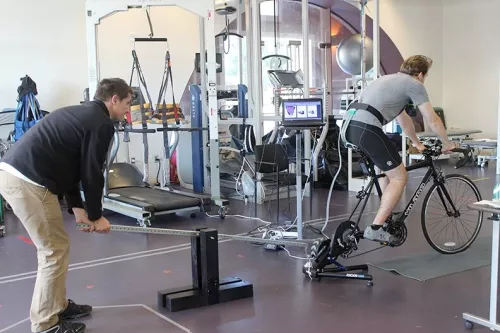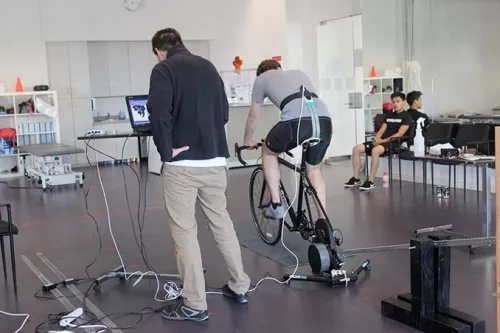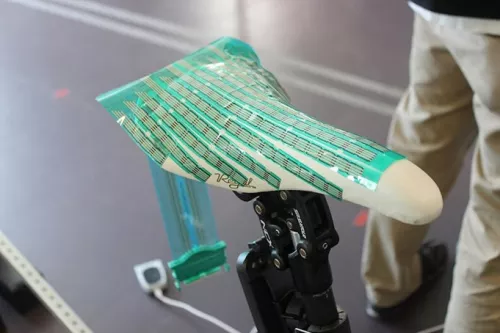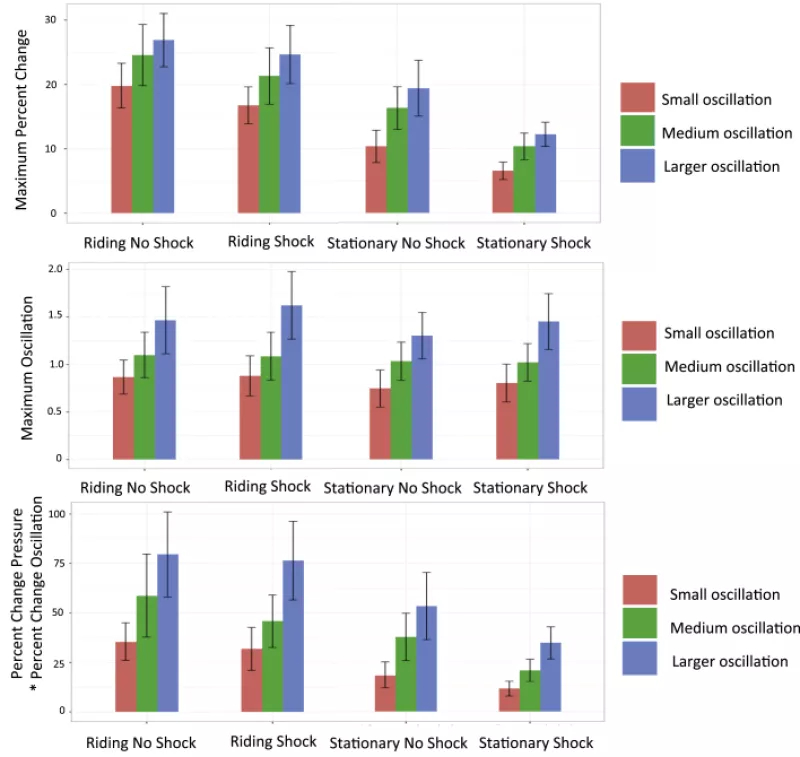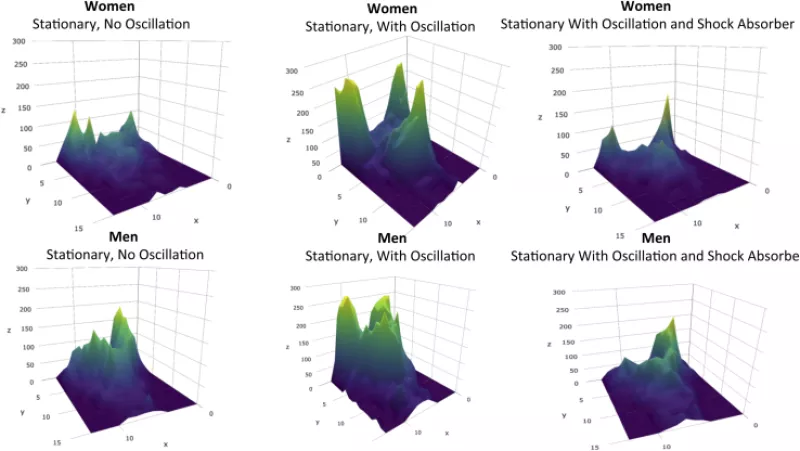Effect of Oscillation on Perineal Pressure in Cyclists: Implications for Micro-Trauma (PDF)
Background: Genital numbness and erectile dysfunction in cyclists may result from repeated perineal impacts on the bicycle saddle (micro-trauma) that occur during routine cycling.
Aim: To evaluate the relationship between oscillation forces and perineal pressures among cyclists in a simulated laboratory setting.
Methods: Participants were fit to a study bicycle to ensure all cyclists had the same torso angle (60 ± 1 degree) and maximum knee angle (150 ± 1 degree). A lever system was used to generate oscillation events of 3 progressively increasing magnitudes. Perineal pressure was continuously measured using a pressure sensor on the bicycle saddle. This process was carried out in each of the following conditions: (1) stationary (not pedaling) with the standard seatpost, (2) pedaling with standard seatpost, (3) stationary with seatpost shock absorber, and (4) pedaling with seatpost shock absorber.
Outcomes: We compared perineal pressure changes during oscillation events in the stationary and pedaling states, with and without the seatpost shock absorber.
Results: A total of 39 individuals were recruited (29 men and 10 women). As the amount of oscillation increased from an average of 0.7g (acceleration due to Earth’s gravity) to 1.3g, the perineal pressure increased from 10.3% over baseline to 19.4% over baseline. There was a strong linear relationship between the amount of oscillation and increase in pressure (r2 = 0.8, P < .001). A seatpost shock absorber decreased the impact of oscillation by 53% in the stationary condition. Men and women absorbed the majority of shock in areas corresponding to pelvic bony landmarks.
Conclusion: This study represents one of the first characterizations of cycling-associated perineal micro-trauma in a laboratory setting. We found a strong linear relationship between oscillation magnitude and perineal pressure during cycling, which was mitigated by a seatpost shock absorber. The use of shock absorption in bicycle design may reduce perineal micro-trauma and potentially improve cycling-associated perineal numbness and erectile dysfunction.
Figure 1
Experimental design. Pressure mat was cut into strips and attached to the bicycle saddle with double-sided tape and suture. The 15 × 16 matrix of integer values that was taken at 100 Hz was summed for the total pressure measurement. There was 1 oscillation event every 5 seconds. The maximum pressure change for each 5-second interval was defined as the maximum pressure value minus the baseline value for that 5 seconds. The baseline was defined as all the values that did not exceed 1 SD from the median value.
Figure 2
Average of maximal changes. There was an increase in perineal pressure as the amount of oscillation increased from 0.8–1.5g. This pressure was mitigated by the presence of a shock absorber in the stationary group. The shock absorber had less of an effect in the riding group. The trends remained after correcting the amount of pressure by the oscillation.
Figure 3
Relationship between pressure and oscillation. There is a linear direct relationship among small, medium, and large oscillation events with r2 of 0.8.
Figure 4
Points of maximal pressure in men and women. For men and women, the distribution of the maximum pressure averaged across all participants. The increases in pressure were absorbed by relatively small areas corresponding to known bony landmarks.
